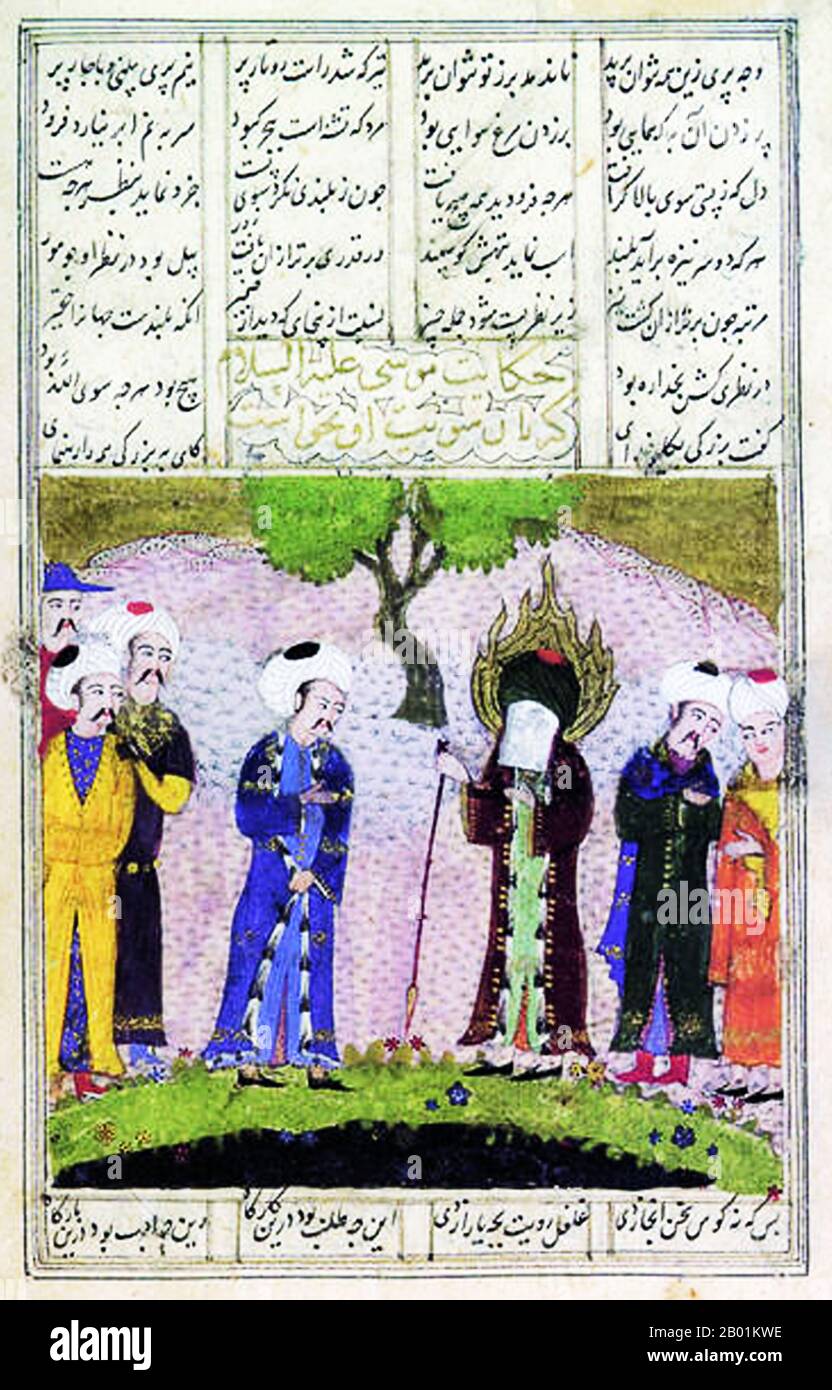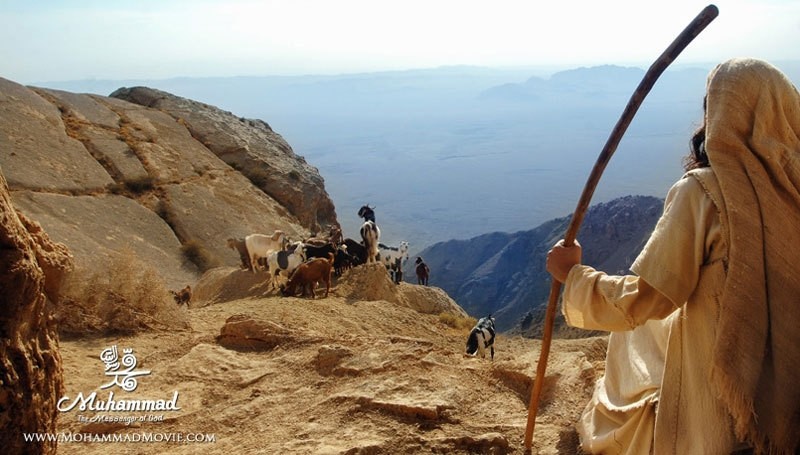

The film world premier was on 27 August 2015. In October 2012, Iranian director Majid Majidi began shooting a film titled Muhammad: The Messenger of God with plans to show Muhammad on screen, though not his face, as per Shia tradition. The film focuses on the early period of Islam.
#Film nabi muhammad the messenger movie
The movie was released in 2004 and it was screened in a limited number of movie-theatres in the United States and the United Kingdom. Muhammad: The Last Prophet is an animated film produced by Badr International according to the same principles as "The Message". It is certainly probable that this is not the result of the creativity of the filmmakers but of the rules announced by the Islamic scholars of the Azhar and the Shia Council of Lebanon, who prohibited any representation of Muhammad's wives as well as of Muhammad himself. Even so, two well-known fatwas from Al-Azhar University and Shiite Council of Lebanon were issued about The Message. The Message became very popular, not the least in the circles of Muslims, for example in Africa, and Asia. When Muhammad was essential to a scene, the camera would show events from his point of view. Akkad frequently changed the position of the camera at moments when Muhammad would be brought into vision. However, in a number of overall shots, in which a large group is acting, such as the Battle of Badr, it can be heard that the scene is shot only once, as the actors shout " Allahu Akbar", whereas in other similar scenes the director opted for "God is great".Īlthough the movie is about Muhammad, the director decided to shoot the film so as to not depict Muhammad.

In the Arab version these roles were played by Egyptian actors. In the English version Anthony Quinn played Hamza, Michael Ansara Muhammad's principal opponent Abu Sufyan, and Irene Papas Abu Sufyan's wife Hind. When director Mustafa Akkad was shooting the film, he made use of an American cast and an Egyptian cast. So the English version was shown for nine weeks, and the Arab version for six weeks. Both versions were screened till September 29. The Arab version had also its premiere in a London cinema, Curzon, on August 19, 1976. There are two versions of the movie, an English one and an Arab one. The film was released on Januand on July 29 of the same year it had its premiere in "Plaza", a London cinema. Mohammad, Messenger of God, released in the US as The Message, was the first major film about Muhammad. A fatwa given by Ali al-Sistani, the Shi'a marja of Iraq, states that it is permissible to depict Muhammad, even in television or movies, if done with respect. In Shia Islam, scholars historically were also against such depictions, but have taken a more relaxed view over the years and images of Muhammad are quite common nowadays. As a result of the controversy, the film was abandoned. When the Sunni Islamic Al-Azhar University in Cairo heard about it, scholars there released a fatwa stipulating that Islam forbids the depiction of Muhammad on screen and King Fuad then sent a severe warning to the actor, threatening to exile him and strip him of his Egyptian nationality. In 1926, Egyptian actor Youssef Wahbi was in discussions to play Muhammad in a film financed by the Turkish government under Atatürk. Most Sunni Muslims believe that visual depictions of all the prophets of Islam should be prohibited and are particularly averse to visual representations of Muhammad.

Because the different branches of Islam use different Hadith collections, there is a split on this issue between the two major denominations of Islam, Sunni and Shia Islam. Although the Quran does not explicitly forbid images of Muhammad, there are a few hadith (supplemental teachings) which have explicitly prohibited Muslims from creating visual depictions of figures. The depiction of Islamic prophet Muhammad in film (as with other visual depictions) is a controversial topic both within and outside of Islam.


 0 kommentar(er)
0 kommentar(er)
